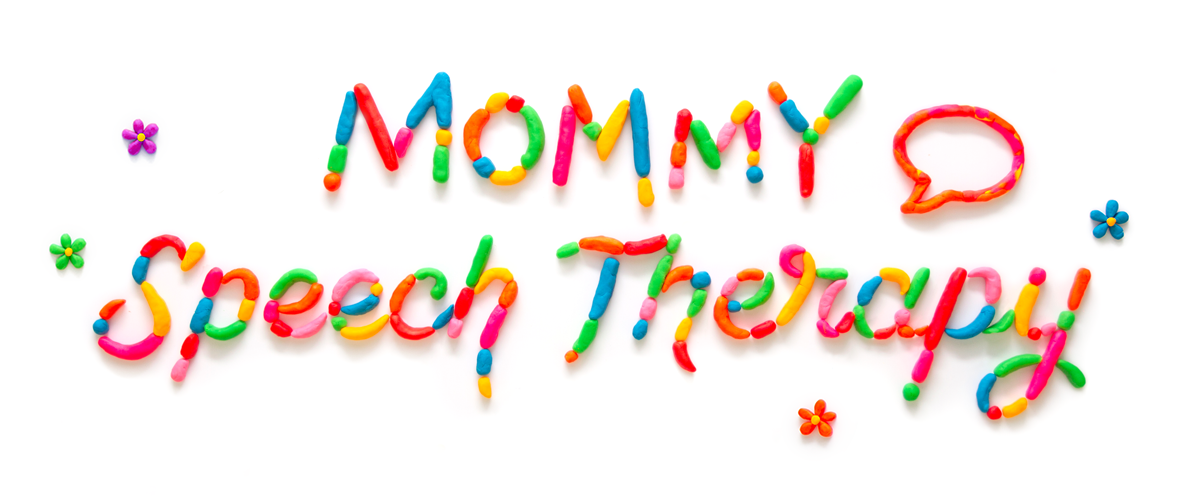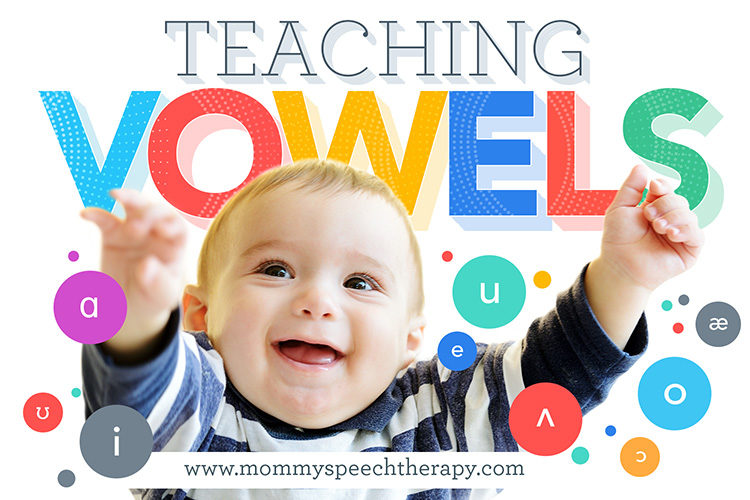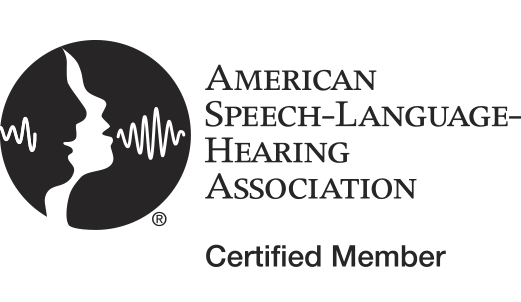When Vowels Typically Emerge
Vowels are typically the first sounds that emerge from our precious little ones and most often not a concern. Starting around 2 months babies begin to “coo” making sounds in the back of their mouth like “ah-ah-ah” and “oh-oh-oh.” By 6 months they have progressed to babbling which involves making sounds with the tongue and the front of the mouth like, “da-da-da-da” and “ma-ma-ma-ma.” At 10-12 months the anxiously awaited first real words will typically make their debut.
What if My Child Doesn’t Say Their Vowels?
But what happens when your child doesn’t follow this developmental sequence? What if your child never really babbled or cooed? What if your child has difficulty even producing the vowels, has very few words if any or is highly unintelligible? If this is the case there is likely something more going on and you should see a Speech Language Pathologist (SLP) for a speech and language evaluation.
The Speech Pathologist will assess the child to see if they can determine the cause of the delay. Difficulty with the production of vowels may be due to a number of things, including hearing loss, a cognitive deficit, or a motor speech disorder like Apraxia or dysarthria. Knowing the cause of the delay will help the SLP as she works with the parents to create a treatment plan.
Teach the Early Vowels First (uh, ah, ee, oo and oh)
So if it is determined that your child produces only a few vowels, or is inconsistent with their vowel productions teaching vowel sounds is a good place to start.

To teach the vowel sounds start with the 5 earliest developing vowels uh, ah, ee, oo and oh. Modeling these vowels with hand cues is a great way to provide more visual feedback and help teach the vowels. I’ve linked a helpful video below of Pam Marshalla, an SLP and expert in motor speech disorders demonstrating the hand cues she uses to teach these vowels.
Click here to watch the video “Pam’s Place Cues – Vowels”
Teach Diphthongs From the Early Vowels (I, ou, oye and you)
As you saw in the video, once the first five vowels are mastered use them to teach the diphthongs I or eye, ou, oye, and you. For example, to teach “I” or “eye” start with a short “ah” vowel and follow it with a long “ee” vowel. As the “ah” transitions into the “ee” the tongue naturally glides creating the y sound between the two vowels ultimately producing our desired vowel diphthong or the word “I” or “eye.”
Finish with the Short Vowels
You can use hand cues to teach the short vowels as well (“i” as in kiss, “e” as in pet, “a” as in bat, “oo” as in book, and “ah” as in caught).

In the video Pam uses the ASL alphabet signs for these but you can make up any signs you’d like. She uses the sign language sign for “i” as a cue for the short i, the sign for “e” as a cue for the short e, the sign for “a” as a cue for the short a, the sign for “u” as a cue for the “oo” as in book, and finally the sign for “c” as a cue for the “ah” vowel.
From High Vowels to Low Vowels
Another way to teach the vowels is to shape them from the “ee” and the “oo” if the kids have already mastered these. When the “ee” is said the tongue is at its highest position as you lower the tongue just slightly it is now in the correct position for saying the short “i” sound. When you lower it a little more it is in position for the long “a” sound, a little lower and you can say the short “e” sound and even lower you can say the short “a” sound.
Below you can see the Vowel Diagram (or Quadrilateral) showing the North American English Vowel Placement. You can download the “Vowel Quadrilateral” diagram on the free downloads page.
If you start with the “oo” vowel and then lower the tongue just slightly you can say the “oo” (as in book), a little lower you can say the long “o” sound (as in boat), even lower you can say the “ah” vowel.
Teaching Vowels With Visual Feedback
If you watch closely you can see the jaw drop just slightly each time a lower vowel is said. Sometimes this is enough and if it works with the child, perfect, you can move on.
If you need more visual feedback and you want to get a clear visual representation of high and low vowels and the relationship between the vowels Vowel Viz, an app by Complete Speech is an innovative speech mapping tool that displays vowel production in real-time and is available for the iPhone and iPad. It is an amazing tool for teaching vowels and shaping vowels and diphthongs from other vowels.
Here’s the tutorial video for VowelViz for more details on how the app works:
Creating Words From Vowels
Meaningful communication should be our goal with these kids that have few, if any words or are highly unintelligible. So I want to share with you these word strips I created for 8 words you can teach from vowel sounds alone that you can download and practice with your child.
Download the vowel word strips on the free downloads page.
If you’re like me, every new word your child says is cause for a celebration, especially when we as parents have to wait an exceptionally long time for those words to come!
If you are still waiting for those first words, and the vowels have been difficult in coming, work with your SLP together and try some of these techniques, including the 8 words from the word strips included above.
Best of luck working on these super fun vowel sounds and remember to be patient and always make it fun. You can do it!








2 Comments